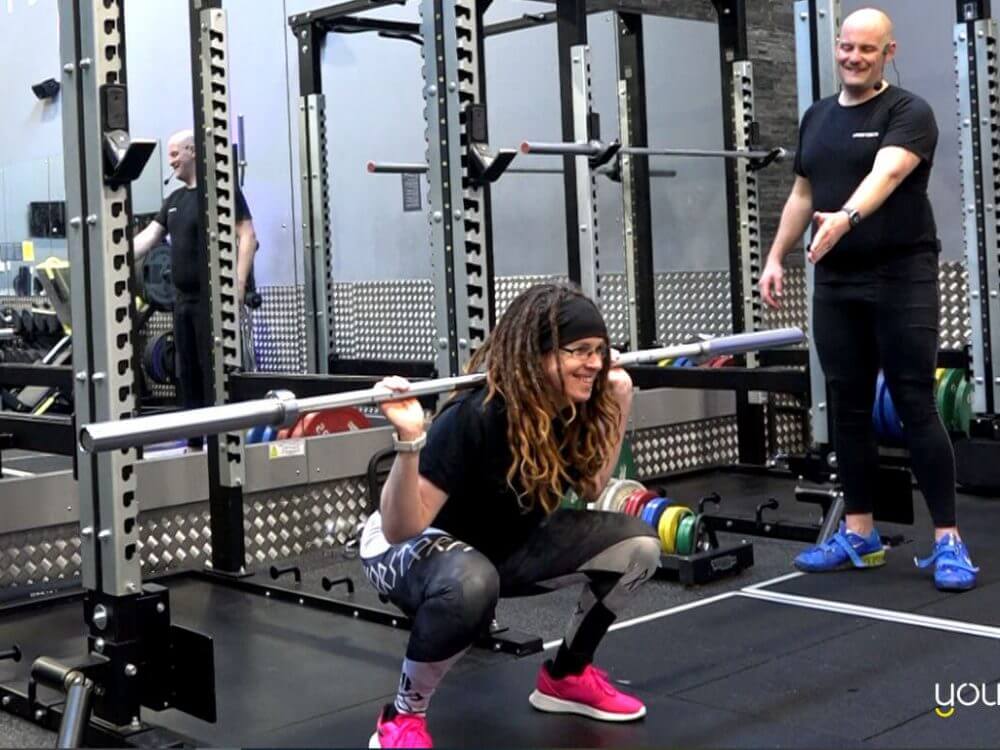The Squat: Common mistakes, how to correct them and improve strength
Posted on Feb 17

With more and more of us setting up home gyms and lifting more than ever, we had a chat with Strength and Conditioning coach, Jay West, to see what tips he could pass on to help you get stronger and stay safe in your space at home.
We're looking at squats! Some common faults and how to fix them and what sort of sets and reps you should be working on depending on your goals.
The biggest mistake we see is knees caving in. To correct this, slow your movement right down and actively push your knees out. You might want to practice this just with an empty bar. Slowly start to lower down, pushing your hips back and tracking the knees over the toes to prevent them from concaving inwards towards each other.
Everyones squat is a little different depending on your bodies biomechanics but you want to be looking at pushing your knees out to about 10 past 10 if you imagine a clock face.
Another common fault is hinging too much at the hips and allowing the chest to drop forward. This puts the lower back under a lot of stress so to correct this, first start by lowering the weight on the bar, take a tight grip on the bar, pulling it into your upper back and keep your elbows under the bar. Squeeze into the upper back and traps to help keep the chest lifted.
Range is important to get the best results. You're looking for the hip crease and knee line to be in line and the thighs parallel to the floor. This is considered to be a perfectly acceptable range but you can take this lower if mobility allows.
Squatting lower than parallel with good technique will recruit more muscle drive in the quads and glutes and give your performance in general will increase. If you struggle to get a good depth in your squat, watch our squat technique video.
Your footwear is also important to maximise your squat. For example, you don't really want to be wearing really spongy running trainers. Ideally, weightlifting shoes with a raised heel will really help you to gain more depth and power in your squat, however if you are just looking for general performance, a flat soled pump such as Converse or Vans will be just as good!
If your looking to build size in your legs, high volume is great so look at 8-15 reps over 4 sets. For strength gains, increase the weight and lower the reps to 3-5 and perform 3-5 sets.
Thanks to Jay West, our in house Strength & Conditioning and Olympic Weight Lifting coach for his help advice.
You can find Jay on the lifting platform at Your Space Hoyland if you want to have a chat with him!